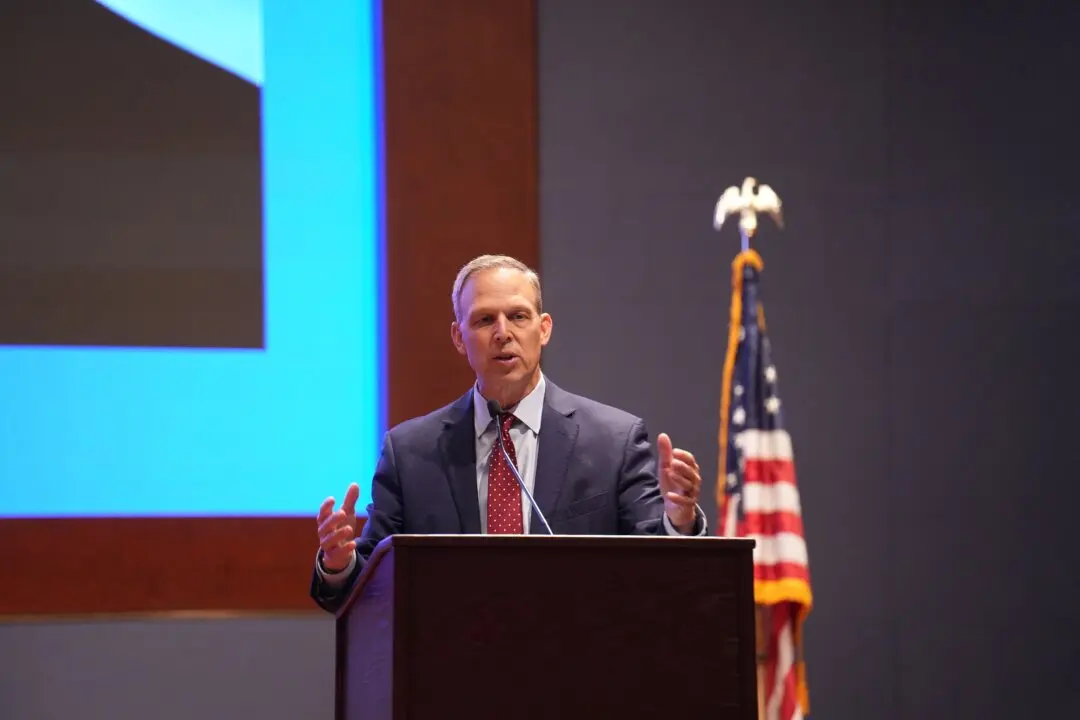The built environment is nothing if not prominent in New York City, where everyone has something to say about any building or public space. It’s not the same in cities of lower density, but as the conversation about how cities look and feel becomes more mainstream and more pertinent, two filmmakers are working to create a series of documentaries about architecture.
Architecture school graduates and filmmakers David Krantz and Ian Harris of Arbuckle Industries released their debut film, “Archiculture” two weeks ago in mid-December. In that time, the film has already been shown at 130 screenings worldwide.
It's the ultimate manifestation of human activity—that's architecture.





